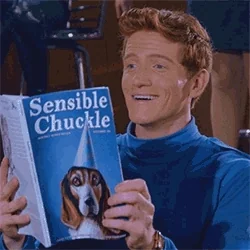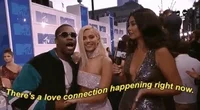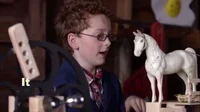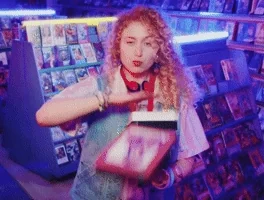
In Benson's article Popular Culture as Education, he discussed how using popular culture within the classroom can be educational, contrary to the previously held belief of being mis-educational. Until I began college, did I realize the significance of popular culture and media as having educational value in understanding material. Professors would use videos such as episodes of the The Office, or watch movies such as Split in psychology to further understand psychiatric disorders. As a student, having popular culture as examples to illustrate unfamiliar or complex concepts provided a greater understanding. Benson discussed how the selection and content of a text is not as important as learning from a text because I had some professors who used popular culture examples or references that I had never heard of but just using the example helped in understanding. Just the simple use of popular culture in the classroom made the material more relatable and I had the opportunity to create a connection with the material.

When I became a teaching assistant, I truly began to notice the significance of using popular culture references in the classroom to help students understand and learn the material. Benson discussed the constructivist conception of education, relating to how the texts do not simply "teach" the concept, but learning the material involves students engaging in both reading and interpreting the text. When teaching COMM 1010, there are some concepts that may be difficult to grasp (e.g. logical fallacies, rhetorical analysis, Burke's Dramatistic Pentad, etc.), therefore utilizing popular culture can help with explaining. For logical fallacies, I used a DirectTv commercial to discuss the slippery slope fallacy, a Family Guy episode to discuss the red herring fallacy, and a Yelp parody video to explain the bandwagon effect, because why not? #shakennotstirred In the class I did not simply show the students the video and move on, we discussed why each video was an example of the logical fallacy and discussed other examples in our everyday lives. For the rhetorical analysis (since the word rhetoric scares most COMM 1010 students):

Giving students the opportunity to select their own texts/artifacts to analyze and present allowed students to understand the process of rhetorical analysis. Using popular culture to teach students in the classroom has a significant on a student's understanding of the material and allows for the student to apply the content to everyday life. Utilizing Benson's idea of a constructivist conception of education, students can read the text and interpret the text, whether the text is videos from The Office to further explain conflict resolution, DirectTv commercials to discuss the slippery slope fallacy, or a Sarah Mclachlan commercial for ASPCA to discuss and analyze pathos, education and entertainment belong together in the classroom. My pedagogy is continuously being shaped by the introduction of popular media and entertainment in the classroom, every day I am learning new examples to integrate within my lesson plans. Popular culture allows us the opportunity to shake things up a bit, because who wants to go back to overhead projectors and educational VHS tapes? #shakennotstirred

Zane,
ReplyDeleteDo you remember when the big boxy TV would be rolled into the classroom for movie days in elementary and junior high school? I remember seeing that bug ugly thing rolling in and smiling so big! Movie days were the best days. However, most of the time when movies were shown, it was because we had a substitue teacher or a free day, with the exception of a few teachers who actually used them for educational purposes.
Second, I completelly agree with you when you say that "as a student, having popular culture as exampes to illustrate unfamiliar or complex concepts provided a greater understaning".
I posted a blog or comment (I can't remember which)
I actually think it was a response to another bolog post you wrote!
Anyways, in my post I talked about my favorite professor, Casey Chilton. He taught interpersonal communication. (MY FAVE!) In that class he had an assignment in which we analized an interpersonal conflict from a couple. He actually used a clip from a tv show in which a couple got into an argument... which was really awesome.
Side note: In the class, we did insight papers, much like these blog posts, where we would write about our appliation of the material in the real world... I remember because of Chilton's use of pop culture in the classroom, I would see communciation theories in my netflix shows, in the quad, at the student center.. everywhere. It's really cool that by using pop culture, you can reach your students at a deeper level, and actually inspire them to use the information you are teaching inside AND outside of the classroom!
Zaaaaaaaaneeeeeeee!
ReplyDeleteFirst, the hashtag works extremely well for this post! Shaking things up in the classroom is the similar to the Banking Model, you get the knowledge but you're building interest (extra knowledge) see what I did there??
By connecting the material to the popular culture you are making it more relatable, smart man! I envy your ability to make these connections in the classroom. Teach me your way!